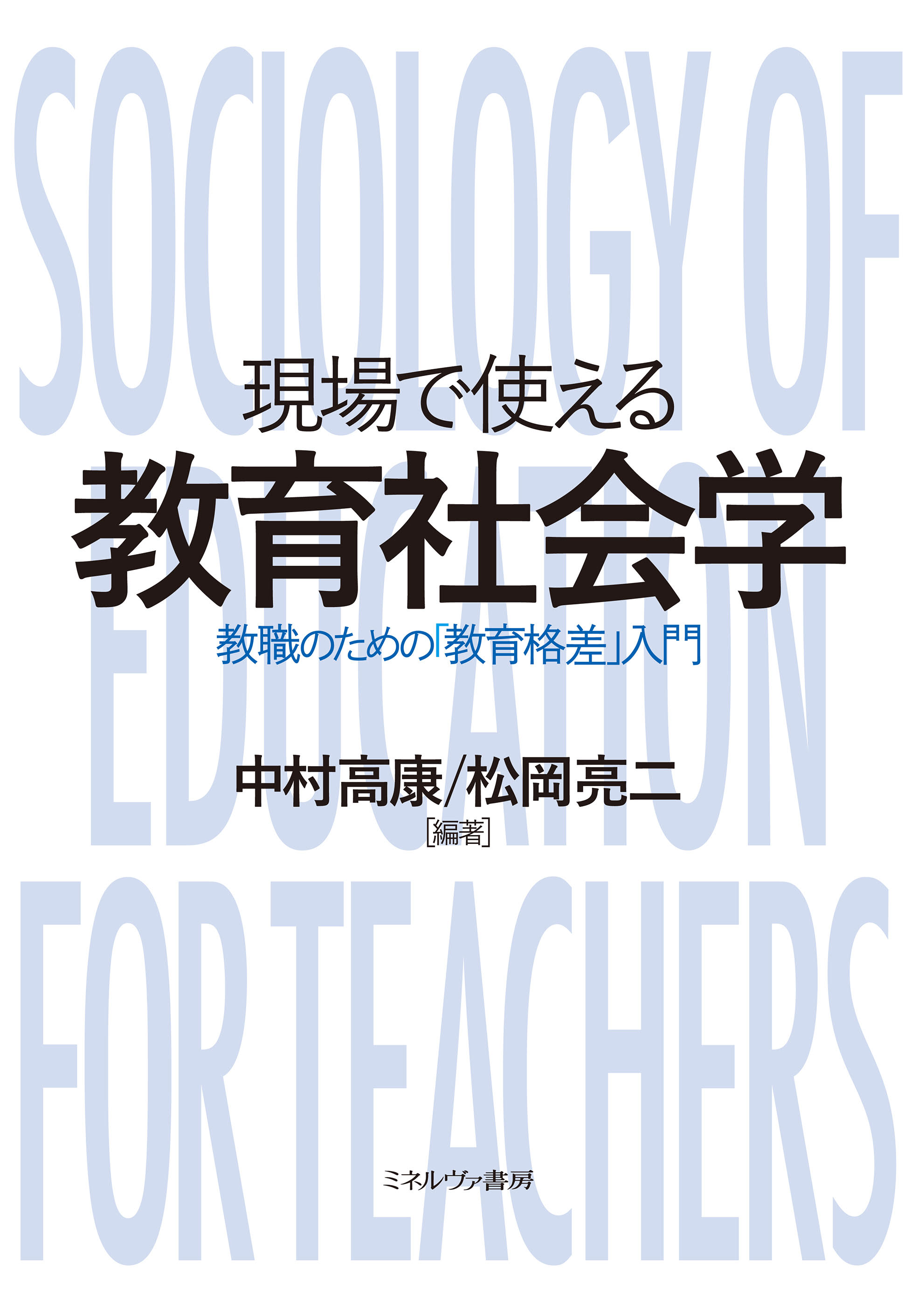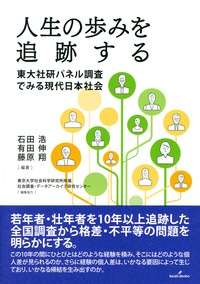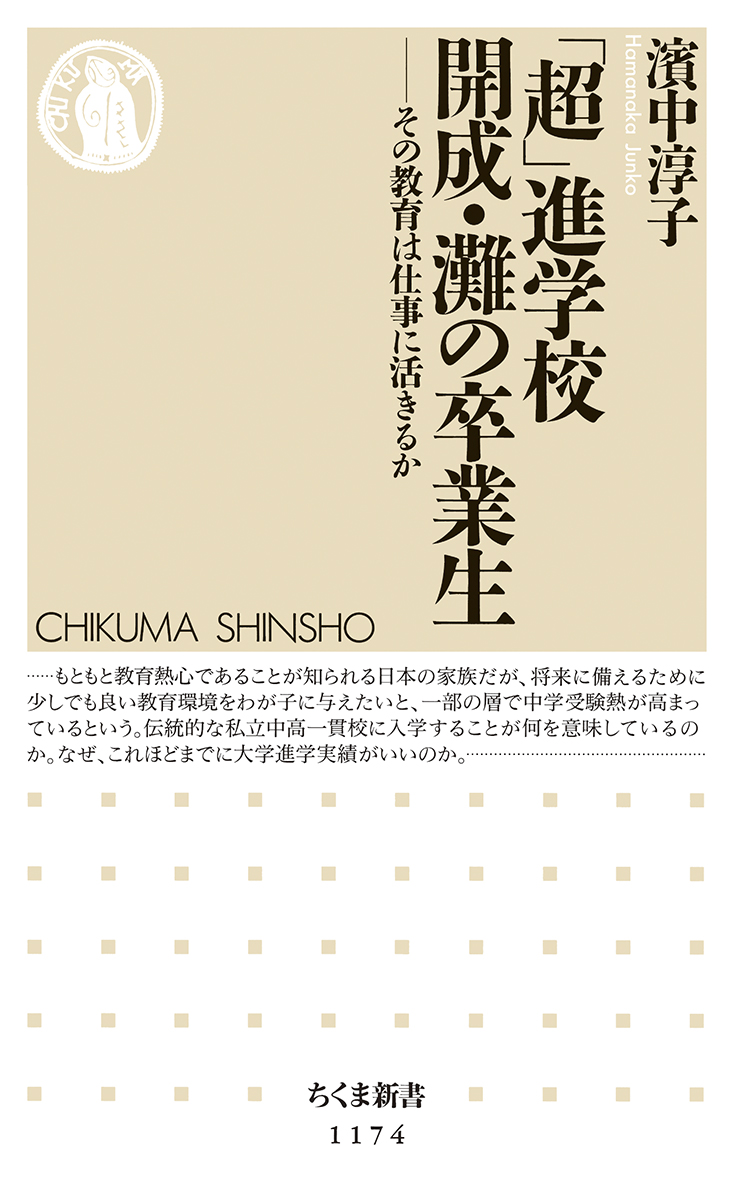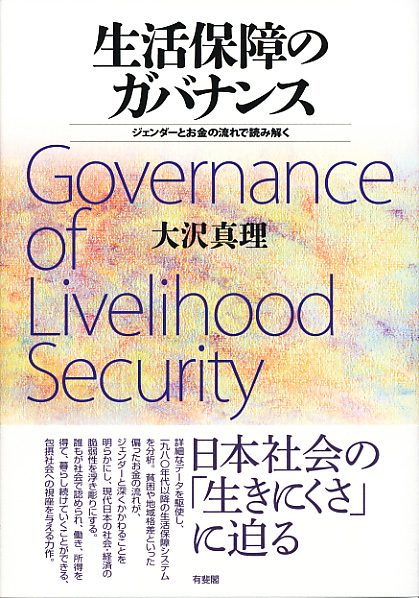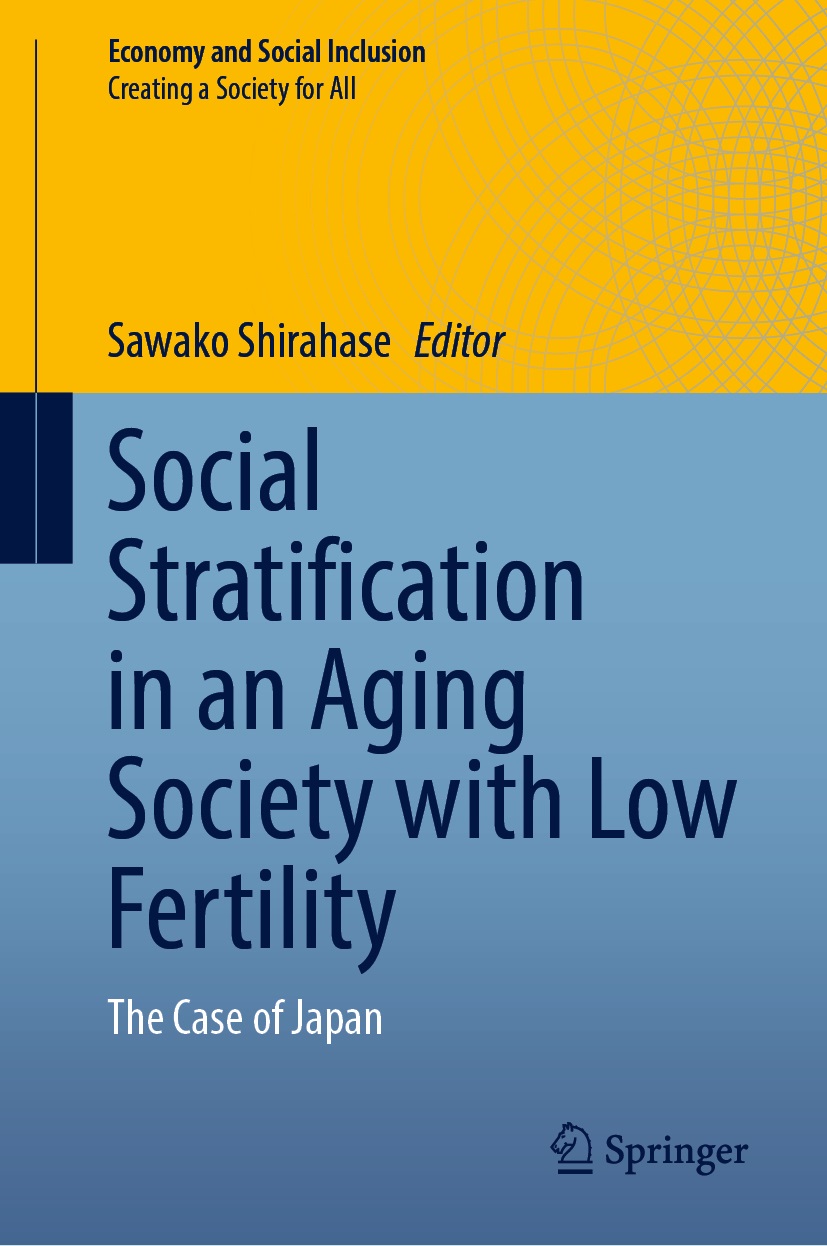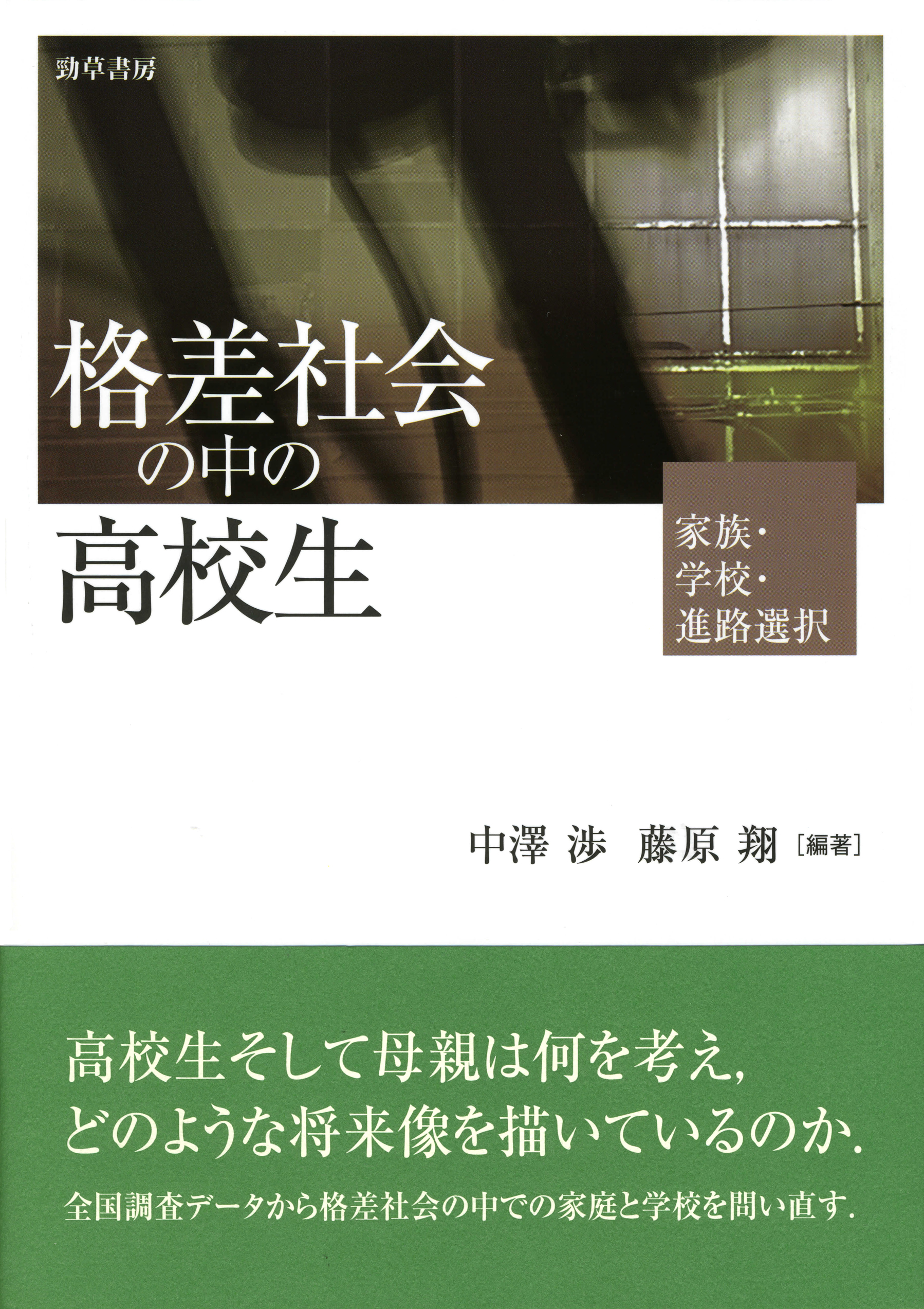
Title
Kakusa Shakai no Naka no Koukousei (High school students in an unequal society: family, school, educational choice)
Size
196 pages, A5 format
Language
Japanese
Released
September, 2015
ISBN
978-4-326-60281-0
Published by
Keiso Shobo
Book Info
See Book Availability at Library
Japanese Page
How do high school students make decisions about their educational choices? What do they think about their future jobs and working style? In addition, what might affect their educational choices and future vision? Using data from the Surveys of High School Students and their Mothers (Osaka University) conducted in 2012, this book investigates how high school students in contemporary Japan make their educational decisions.
An introductory section explains the trends in post-secondary enrollment and characteristics of the data collected. Part I of the book examines the following—the effect of parental education and household income on students’ choice of high school and their educational expectations (Chapter 1); characteristics of high school students who were less committed to school but still expected to attend University (Chapter 2); relation between what a student chose to study and what his or her father chose to study (Chapter 3); attributes of those who may consider applying for the admission examination on recommendation (Chapter 4); and the association between occupational expectation and work preferences (Chapter 5). Part II explores (1) the association between a student’s and his or her mother’s educational expectations (Chapter 6); (2) students’ attitudes toward studying overseas and whether gender affects this choice (Chapter 7); (3) the effect of a mother’s attitudes on those of her child (Chapter 8); (4) and the relation between a mother’s working style and a student’s future vision of work (Chapter 9). The final chapter analyzes the determining factors in expenditure on shadow education and provides ideas to be considered by future studies for parent-child surveys to extend studies pertaining to school, family, and educational choices.
This book emphasizes the importance of a student’s family (mother’s working style and attitude) and its socioeconomic standing (e.g. parental occupation and education, household income, and family structure) for his or her future vision, in addition to his or her own attitude, academic performance, and school selection. The approaches we take are descriptive in the sense that rather than providing rigorous causal estimates and explanations, we focus on clarifying the central tendency regarding the future visions of high school students and related issues in contemporary Japan.
The important feature of the book is that the data we used in the analyses (Survey Number: 0873) is available from the SSJ data archive organized by the Center for Social Research and Data Archives, the Institute of Social Science, the University of Tokyo (http://csrda.iss.u-tokyo.ac.jp/). Using the data, you can replicate the analyses to produce the same results and extend our analyses and findings. The Nesstar(https://nesstar.iss.u-tokyo.ac.jp/webview/)system enables us to analyze the data online. Why not have a go at analyzing the data?
(Written by FUJIHARA Sho, Associate Professor, Institute of Social Science / 2017)
Related Info
2021 Award for Excellence in Scholarly Research (Japanese Association for Social Research 2021)
https://jasr.or.jp/commend/r3/
Related Data:
Research Group for Survey of High School Students and Mothers 2012 / SSJ – Social Science Japan Data Archive)
https://ssjda.iss.u-tokyo.ac.jp/Direct/gaiyo.php?lang=eng&eid=0873



 Find a book
Find a book


 eBook
eBook


